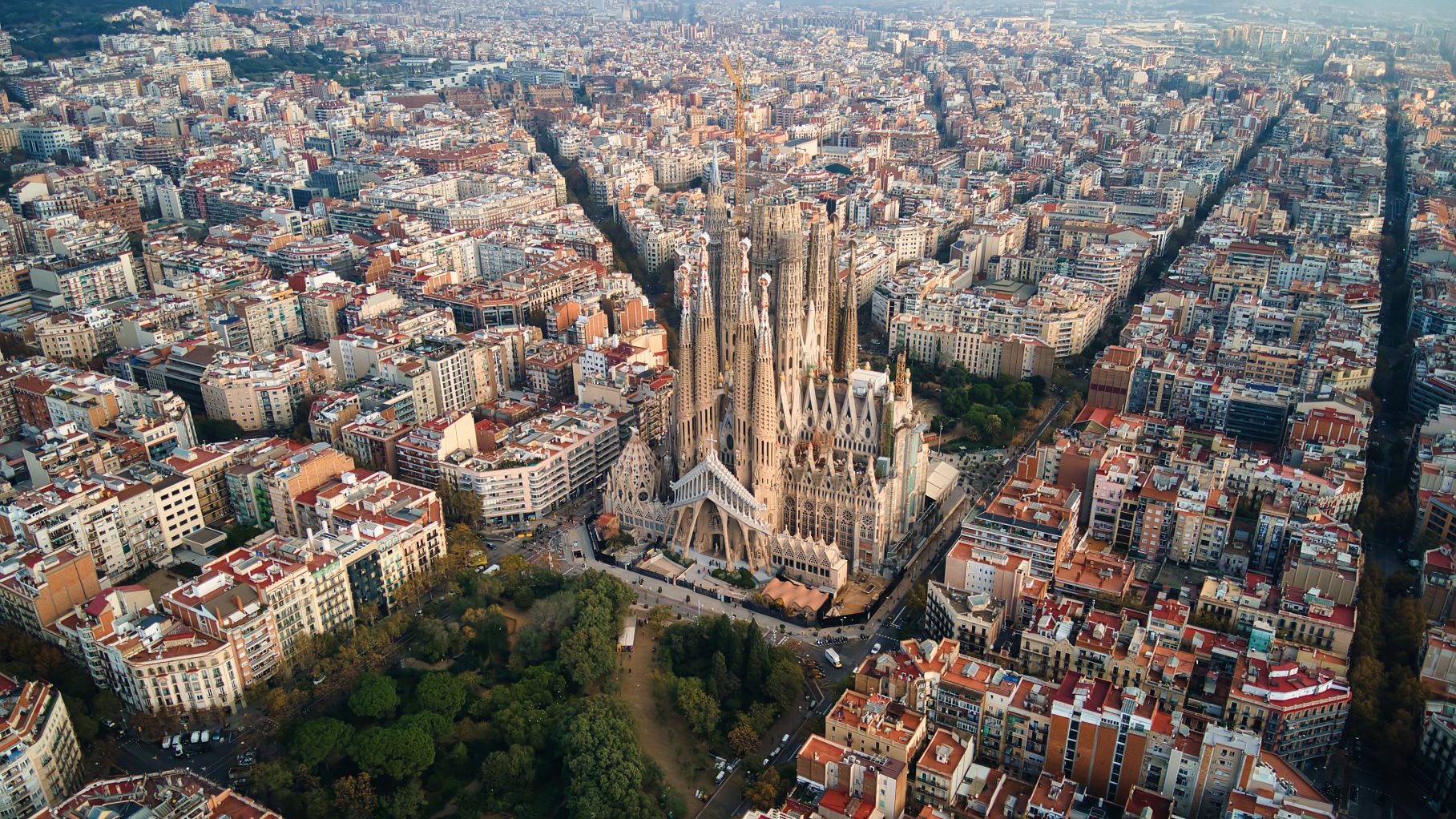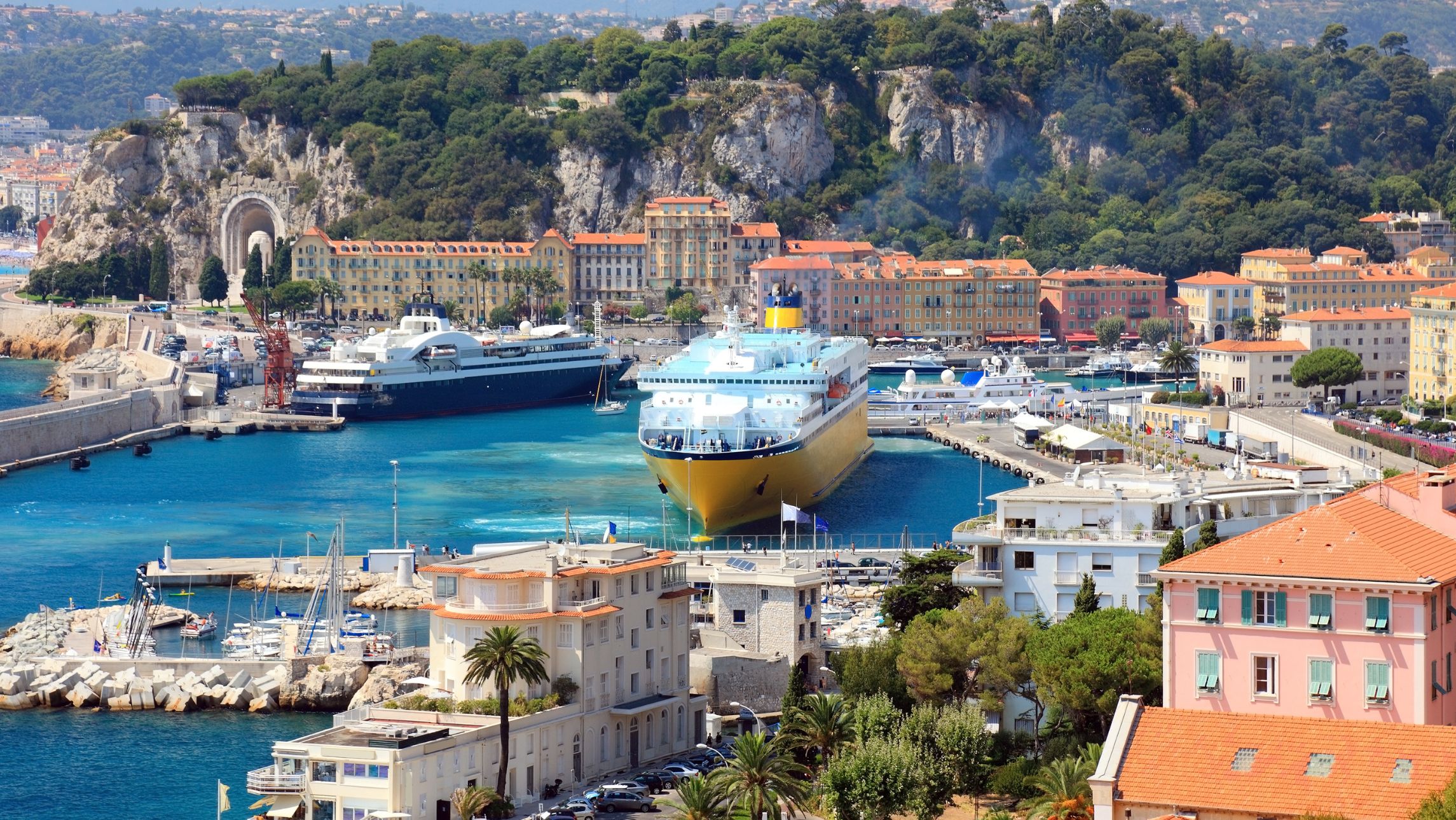Last week Cruise Passenger was treated to a shipyard tour of the incredible Icon of the Seas. With a maximum capacity of 7,600 passengers and a crew of 2,350 she will certainly tower over many of the ports she visits.
Royal Caribbean, one of the world’s best builders of big ships, is justifiably proud of its achievements. And indeed, it appears to be a big business success.
Royal Caribbean CEO Michael Bayley said: “When we launched Icon for sale, we immediately had the biggest booking days and weeks in the history of our business, for any single product that we’ve ever released for 50 years.”
And he added: “Beyond Icon we have Utopia, Utopia is Oasis six and that ship is under construction today. Then we’ve got Icon 2, Icon 3, and hopefully maybe another Oasis Class.”
Tim Meyer, CEO at Meyer Turku Shipyard where Icon is being built, says he sees ships continuing to get bigger. “I’m always asked, is this now the biggest ship you can build and of course, it’s not. In our perspective, we can get bigger and bigger.”
But the real question is not around capability. The question is: should we be building bigger ships when so many communities on shore are uncomfortable with their presence?
Royal Caribbean isn’t alone in building big. Princess recently announced that their new ship Star Princess will be 20% larger than any other ship in their fleet.
At the heart of this story is the importance of onboard spending in cruise line revenue. More passengers means more money.
And, since there is a demand, cruise lines are doing nothing wrong in meeting it.

Except that, for some communities, the arrival of tens of thousands of cruise passengers all at once has an unfortunate impact on their lives.
Much of the resistance towards large cruise ships comes from Europe, with cities such as Venice, Barcelona, and Marseille placing or working towards placing restrictions on cruise ship visitors.
While Icon of the Seas is not currently scheduled to sail in Europe, ports with worries over capacity do extend to the Caribbean destinations that Icon will visit. For example, Icon’s seven-night Western Caribbean & Perfect Day itinerary visits Cozumel, a Mexican city that’s been the subject of much debate over cruise ships.
Earlier this year Cozumel announced the construction of a fourth cruise ship pier. Despite being one of the world’s busiest cruise destinations, the port is actually rarely at capacity, but a future marked by larger ships like Icon led to the decision to construct a fourth pier.
Protests to the announcement were so widespread that in February a federal judge ordered a provisional suspension of the project.
German Mendez, a marine biologist and founder of the conservation organisation Coral Reef Restoration told Mexico News Daily that rising cruise visitors to the area will eventually strip Cozumel of what makes it an enticing attraction.
“If the growth of the cruise industry continues, all the tourists who come here to stay for one or two weeks to dive and visit the jungle on the other side of the island won’t come anymore because they won’t have any reason to come.
“We’re killing the hen that laid the golden eggs because at the end of the day this – our coral – is the only thing that differentiates us from other tourism destinations.
““In a single day you can have 40,000 or 50,000 people per day getting off the ships. To entertain them you have to build different places. So what do they build? Beach clubs. Where do they build the beach clubs? In front of the marine park where there is no treatment plant; so all the waste from hotels, private houses and beach clubs is ending up in the sea.”

The problem extends far beyond just one large ship, in 2019 the small island of Cozumel welcomed 4.56 million cruise visitors in 2019, for scale, Australia in its entirety had 1.24 million cruise passengers.
PortMiami made history this week, experiencing the largest-ever number of cruise visitors in one day, with 67,594 passengers contributing to the busiest passenger day in history.
Meanwhile, a line like Princess Cruises is sending its newest and largest Sphere-class ship to Europe, where certain ports hold the strong anti-cruise sentiment. Ada Colau, the mayor of Barcelona has promised tight cruise ship restrictions if re-elected later this month, Mayor of Marseille Beoit Payan has launched a petition to ban cruise ships entirely, and other key cities like Amsterdam, Santorini, and Dubrovnik have begun working towards cruise ship restrictions.
Closer to home a town such as Eden expresses much appreciation for its cruise ship, experiencing its largest-ever cruise season straight after COVID.
Similar to Cozumel, Eden is wildlife-rich, attracting many visitors for its famous whale watching. However, the key to this is scale. Across the season Eden greeted around 40,000 cruise passengers, a significant number but less than 1% of Cozumel’s massive figure.
Royal Caribbean did not discuss port issues relating to the size of the ship during the press tour for Icon of the Seas. Journalists were invited to submit questions for a shipyard press conference via an online portal, and the number one voted question centred around these issues. No one on the panel from Royal Caribbean acknowledged the issue.
Many communities are divided on the issue of ship size, with many local people benefitting from jobs and tourism spending. So the issue is by no means cut and dried.
Princess, for instance, runs a program in New Zealand subsidising a market where indigenous people can trade with passengers and teach them about culture and local crafts.
Cruise Lines have also made enormous strides in addressing concerns – particularly environmental ones.
Cruise Lines International Association pointed out: “Cruise tourism represents only around 2% of international visitors worldwide, however, the industry has taken a proactive role in promoting sustainable tourism management in key destinations internationally.
“Cruise tourism is managed tourism – it is planned and scheduled in advance, providing opportunities for cruise lines, tourism operators, and local communities to work together to ensure its benefits are maximised. In locations around the world, the cruise industry engages with local authorities and communities to promote sustainable management of destinations. Industry and destinations work together to identify tailor-made solutions to manage tourism flows, encourage dispersal, or promote alternative shoreside excursions.
“Over recent years CLIA and cruise lines have been working more closely with partners at ports and in government to look at ways to manage tourism while also protecting the economic opportunities that cruising brings. For example, in Dubrovnik, Croatia, we have collaborated on a destination stewardship roadmap for the city based on UN sustainable tourism criteria. In partnership with CLIA, Dubrovnik has created a systematic approach to solving critical issues such as tourism growth.
“Measures have included careful planning of cruise arrivals and departures, embedded in a Memorandum of Understanding signed by the Dubrovnik city and CLIA in 2019. Cruise lines have also been working with the local community to develop new tours to include sites outside the Old Town and supporting the Mayor’s ‘Respect the City’ program educating tourists on respectful behavior. This demonstrates that CLIA and its members are committed to listening and finding practical solutions to issues that may raise by communities.
More recently CLIA embarked on partnerships in locations such as Corfu and Heraklion in Greece, working with local authorities to jointly fund tourism management assessments in partnership with the Global Sustainable Tourism Council (GSTC). Projects like these provide a framework for the future management of tourism, so everyone can benefit.”








Hello
I and many friends who cruise DONOT LIKE BIG SHIPS we have been cruise since 1999 and have recently cruised on a larg capacity ship and hated it my friends and people we met on that ship hated it we had a lot of trouble finding our friends on board we would cruise on ships up to 3000 people at a pinch but no bigger getting on and getting off was a nightmare 2 hours was way to long and meal times were just the same to long to we are now ditching some of our selected cruises and going for other cruises on a much smaller cruise line with smaller capacitys.
We will be cruising for many more years yet.